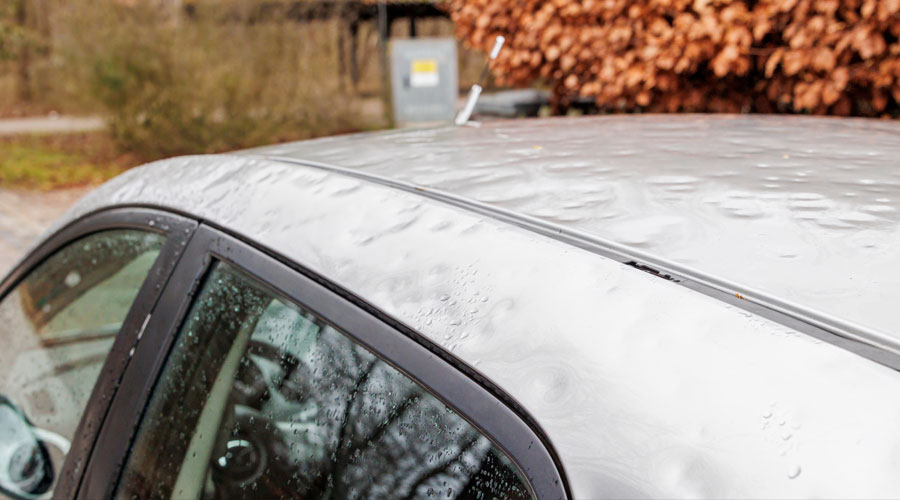Insured losses stemming from the record-breaking hailstorm that hit Calgary in August 2024 continue to rise. The insured losses resulting from the event, which is the second-costliest disaster in Canadian history, are now estimated at $3.25 billion, according to Catastrophe Indices and Quantification Inc.
More than 130,000 claims arose from the incident, some of which remain outstanding. Prolonged claim resolution times can be attributed to several factors, including skilled labour shortages and supply chain disruptions, which have increased the cost and time required for rebuilding efforts. Most repairs are expected to be complete by spring and summer of 2025.
“Impacted customers have seen progress on their insurance claims following last summer’s hailstorm, but there’s still a lot of work to do, as repairing damaged homes and businesses on a scale this large will take time,” said Aaron Sutherland, Insurance Bureau of Canada’s vice president of Pacific and Western regions.
The Impact of Urban Development
A recent report by professional services firm Aon highlights the growing risk of hail and other weather events facing the area. Significant weather events are more likely to result in damages because of the “staggering urban development” in Calgary over the past decade. The report found that if the hailstorm had occurred 40 years ago, it would have mainly impacted agricultural land, and residential property losses would have been minimal. However, new residential neighbourhoods and commercial properties, especially in the northern outskirts of Calgary, have expanded the area’s risk profile and left it vulnerable to losses from severe weather events.
Consequently, Canada’s insurers have been calling on governments to invest in disaster resilience, including implementing building codes that mandate the use of weather-resistant materials and retrofitting existing properties with hail-resistant roofing and siding, among other measures. In the meantime, individuals and businesses would be wise to consider severe-weather risk mitigation measures to increase the resilience of their homes and businesses, especially as severe weather continues to impact the country. Indeed, the summer of 2024 was one of the most expensive on record, with three other significant severe weather events occurring alongside the hailstorm in Calgary.
While finding ways to withstand the impacts of natural disasters, individuals and organizations should also review their insurance coverage, including homeowners, auto and business interruption policies, to ensure financial protection from losses.
Contact us today for risk mitigation guidance and robust insurance solutions.

